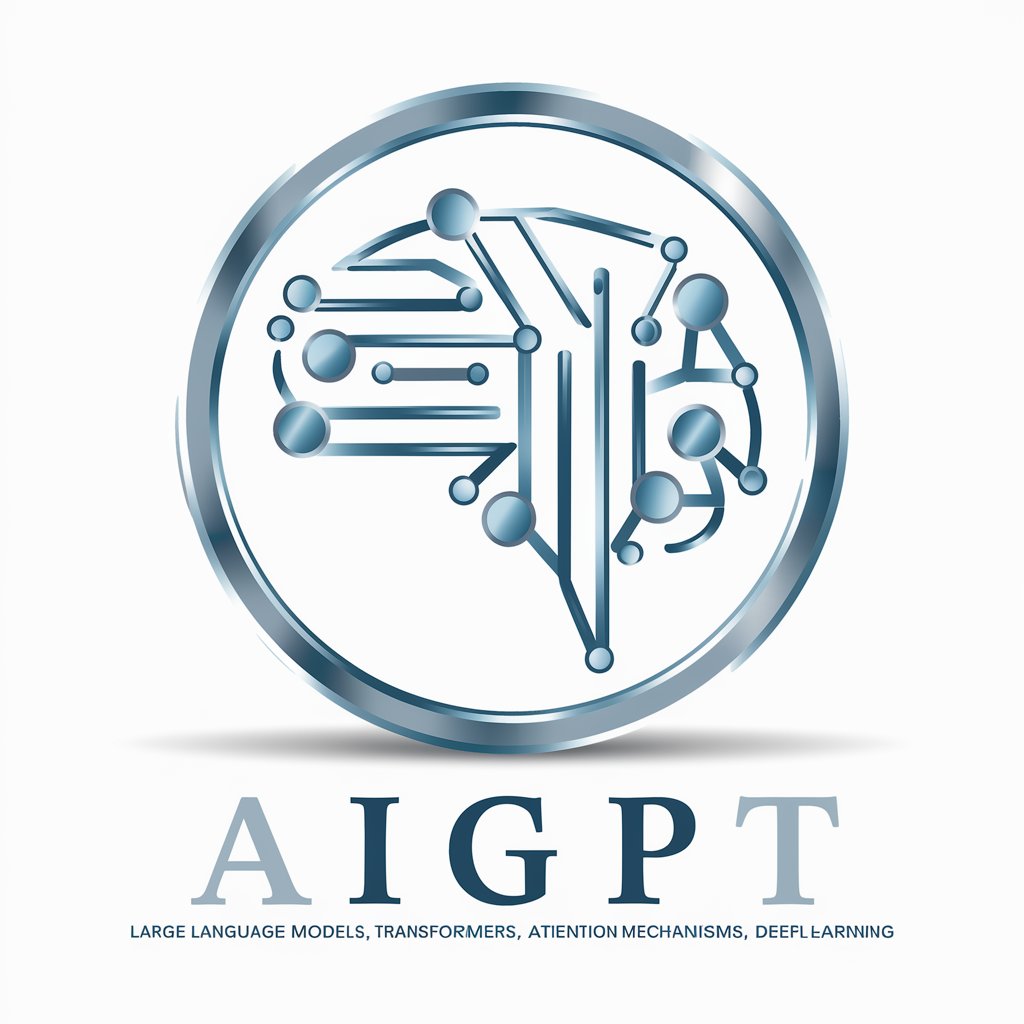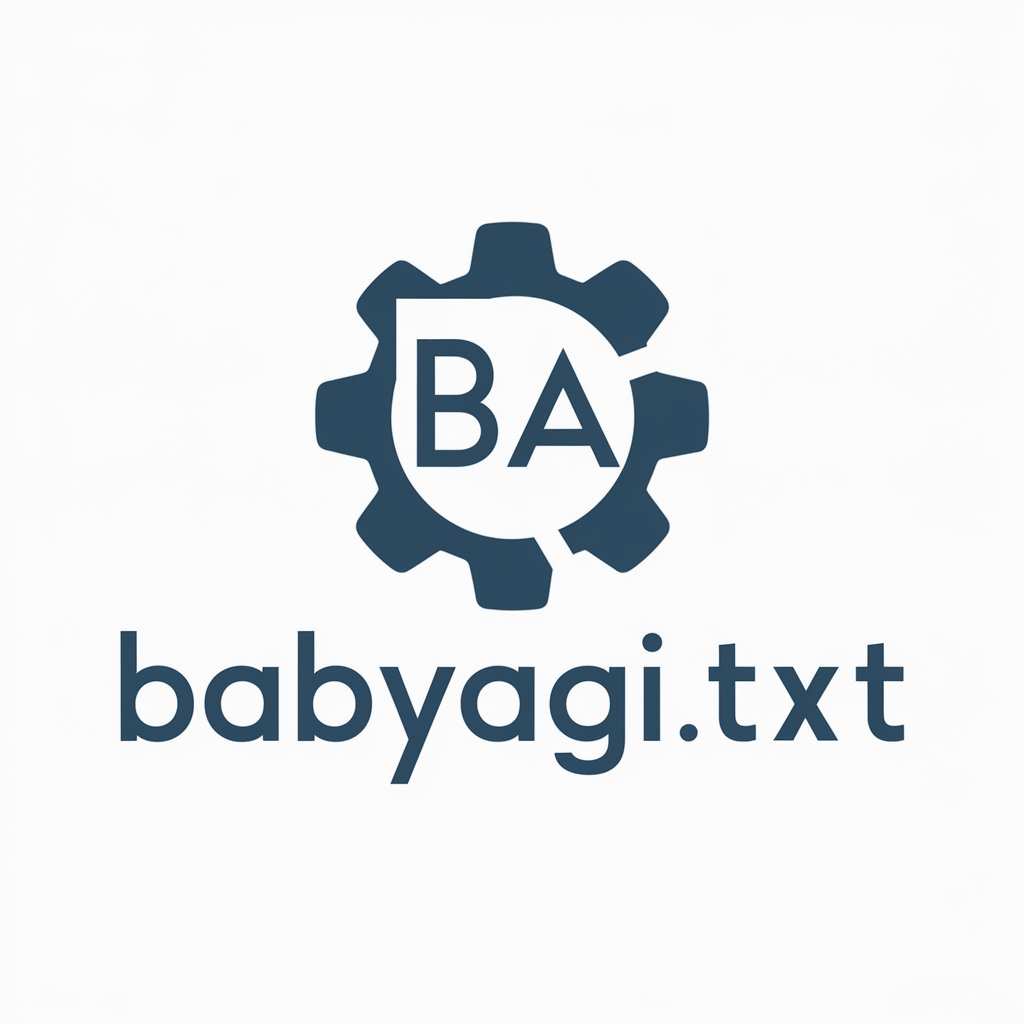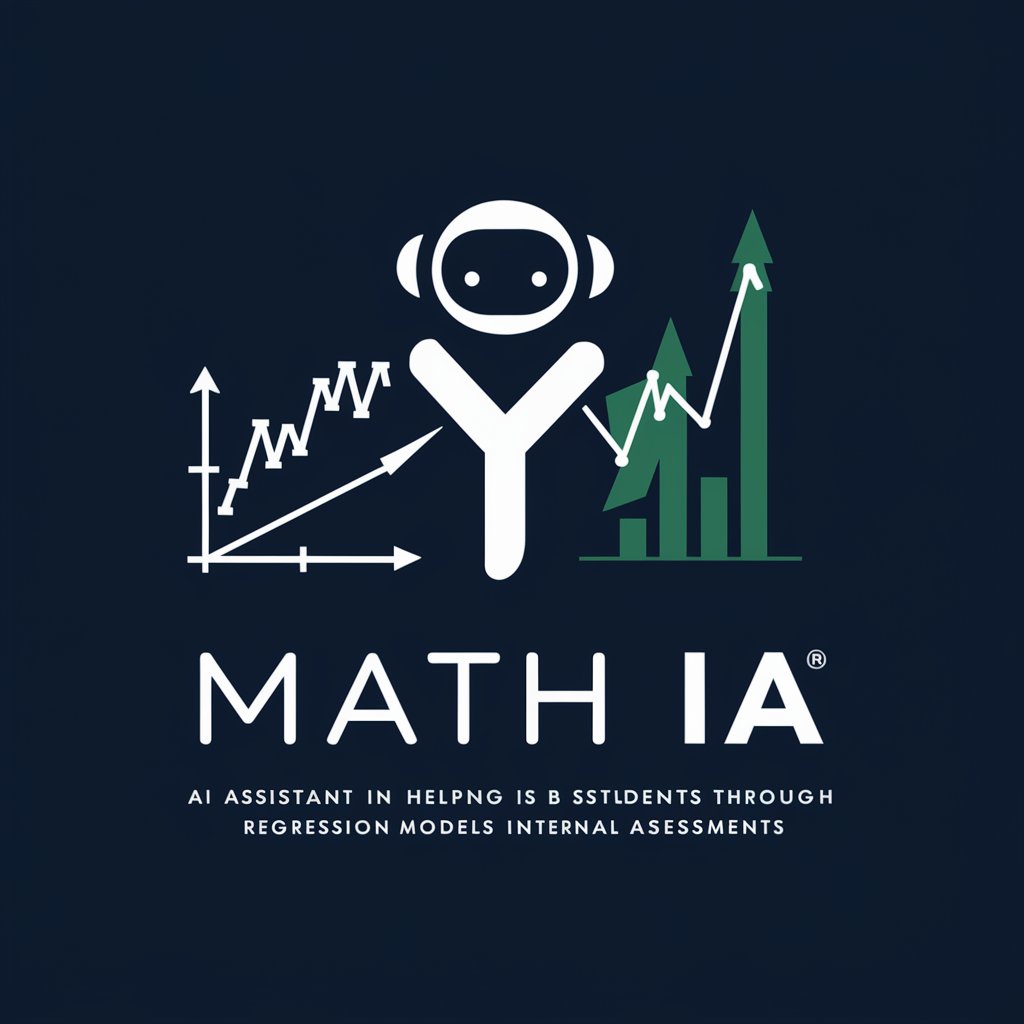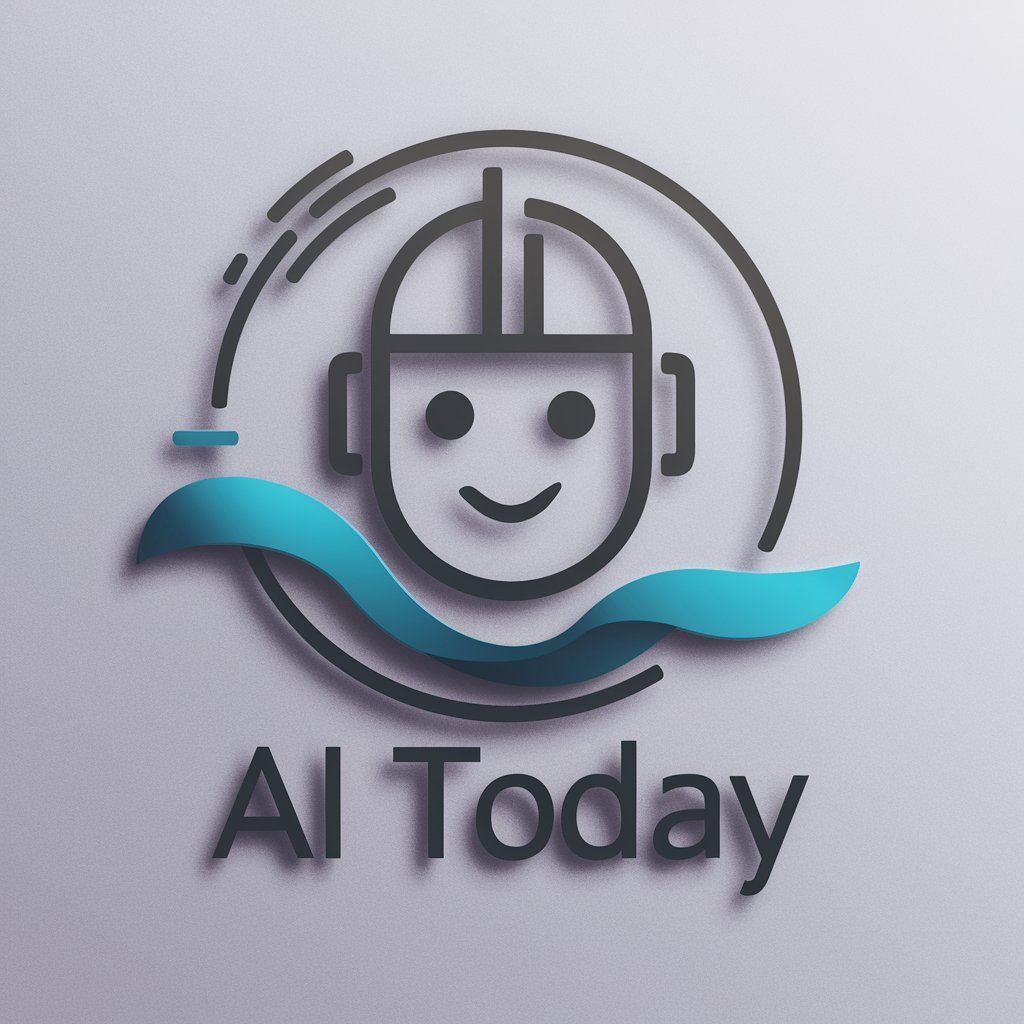
AI Assessment Scale (AIAS)-framework for AI-integrated assessment design
Redesign assessments with AI-powered guidance

The AI Assessment Scale has been updated. You can find out more about the updates at https://leonfurze.com/2024/08/28/updating-the-ai-assessment-scale/. This GPT has been updated to include the new Levels. It still contains information on the previous ver
Please review my assessment
What is the AIAS?
What is Level 3 of the AIAS?
Suggest some L2 activities for Maths
Get Embed Code
Introduction to the AI Assessment Scale (AIAS)
The AI Assessment Scale (AIAS) is a framework designed to help educators integrate generative AI tools into their assessment practices while maintaining academic integrity and enhancing student learning. Initially developed during a period of heightened concern about AI and academic integrity, AIAS offers a structured, nuanced approach beyond a simple 'use or don’t use AI' binary. It categorizes AI integration into five distinct levels: Level 1 (No AI), Level 2 (AI Planning), Level 3 (AI Collaboration), Level 4 (Full AI), and Level 5 (AI Exploration). The purpose is to provide educators with clarity and flexibility, supporting responsible AI use that aligns with learning outcomes. For example, in a K-12 English class, Level 2 might involve students using AI for brainstorming essay ideas, while Level 5 in a university engineering course could involve students using AI agents and multimodal AI to propose innovative solutions to design problems.
Main Functions of the AI Assessment Scale (AIAS)
Aligning Assessments with AI Usage Levels
Example
Scenario
Educators review existing assessments and decide which level of AI integration is appropriate, ensuring transparency for students and examiners about permitted AI use.
Providing a Framework for Transparent AI Use Policies
Example
A high school outlining in their curriculum documents how AI can be used for assignments at different year levels, clearly linking to AIAS levels.
Scenario
Schools and universities create institution-wide AI policies that are easy to communicate and enforce, based on the standardized levels of AI integration defined by AIAS.
Supporting Innovation in Pedagogy
Example
A media studies program designing a capstone project where students at Level 5 (AI Exploration) use generative video and audio AI tools to produce original content.
Scenario
Educators experiment with cutting-edge AI applications, fostering critical AI literacy and creative thinking, while aligning learning objectives with emerging technologies.
Ideal Users of the AI Assessment Scale (AIAS)
K-12 Educators
Teachers at primary and secondary schools benefit by using the AIAS to guide age-appropriate AI integration, helping students build foundational AI literacy and critical thinking skills gradually. It supports transparent communication with parents and school leadership regarding the role of AI in learning.
Higher Education Instructors and Administrators
University lecturers, course designers, and academic integrity officers use AIAS to align assessment design with contemporary challenges and opportunities posed by AI. It enables differentiated approaches across disciplines and levels, from foundational undergraduate work to advanced postgraduate research incorporating AI tools.
How to Use the AI Assessment Scale (AIAS)
Step 1: Start with a Free Trial
Visit aichatonline.org for a free trial without login. No ChatGPT Plus subscription required. This lets you test and explore AIAS features directly in a practical environment.
Step 2: Identify Your Assessment Purpose
Clarify whether the goal is skill development, AI literacy, academic integrity, creativity, or critical thinking. This anchors your alignment to the most appropriate AIAS level.
Step 3: Select an AIAS Level
Use the updated AIAS framework which includes Level 1 (No AI), Level 2 (AI Planning), Level 3 (AI Collaboration), Level 4 (Full AI), and Level 5 (AI Exploration). Choose the level that best fits your educational intent and AI usage expectations.
Step 4: Adjust Assessment Design
Modify or create assessment tasks using examples and guidelines from the AIAS ebook or the website. Consider student access to AI, academic integrity, and disciplinary needs.
Step 5: Reflect and Iterate
Gather student feedback and observe learning outcomes. Adjust levels or design to better support studentAI Assessment Scale Guide agency, ethical AI use, and engagement with GenAI technologies.
Try other advanced and practical GPTs
MATLAB
AI-powered MATLAB assistant for engineers

Math Angel
AI-powered learning, solving, and visualising math.

【公認】AI石丸伸二
AI-driven, politically informed advice at your fingertips.

Experto en futbol
AI-driven Football Insights for Winning Strategies

Beauty GPT Skincare Beauty Advisor
AI-Powered Skincare Expertise at Your Fingertips.

論文作成支援GPT
AI-powered tool for seamless academic writing.
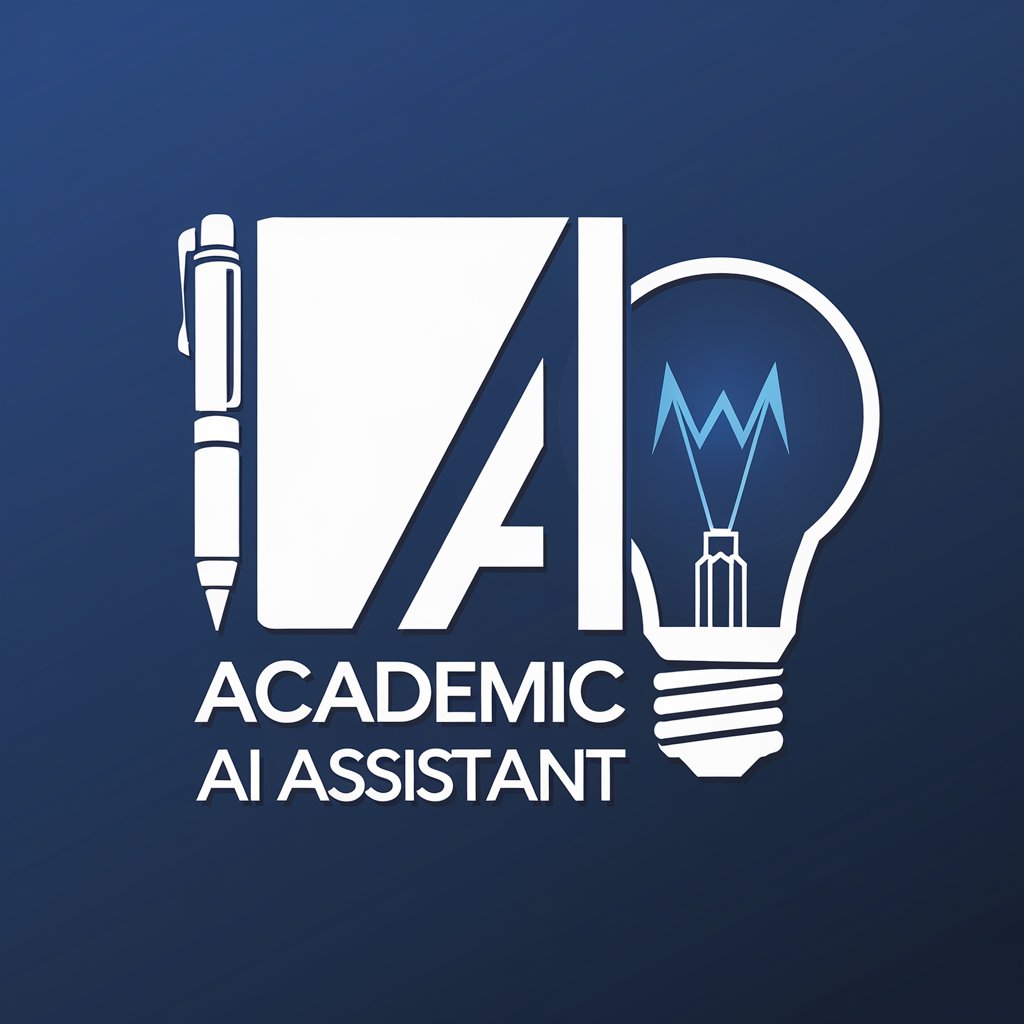
super infografias
Create Stunning Infographics with AI.

StorycraftingGPT - Generate full novel outlines
AI-powered story outlines for writers

Runway Gen-3 プロンプトジェネレーター
Generate detailed video prompts with AI.

James the Scriptwriter
AI-powered storytelling for viral short-form videos

Writing Assistant
AI-powered English editing, explained clearly

ATS Resume/CV Scanner and Keyword Optimiser
AI-powered resume enhancer for job success

- Curriculum Design
- Teacher Training
- Student Evaluation
- Assessment Policy
- Academic Integrity
Frequently Asked Questions about the AI Assessment Scale (AIAS)
What is the AI Assessment Scale (AIAS)?
The AIAS is a pedagogical framework that helps educators intentionally integrate Generative AI into assessments. It supports transparency, academic integrity, and the development of AI literacy through five structured levels of AI use.
What are the five levels of AIAS?
The levels are: Level 1 (No AI), Level 2 (AI Planning), Level 3 (AI Collaboration), Level 4 (Full AI), and Level 5 (AI Exploration). Each level indicates increasing engagement with AI, from restriction to innovation.
How do I choose the right level for my assessment?
Consider your learning goals, disciplinary norms, and how you want students to engage with AI. Use Level 1 for high-stakes exams, Level 2 for research planning, Level 3 for collaborative AI tools, Level 4 for AI-driven production, and Level 5 for experimental uses.
Can I allow some AI use but still maintain academic integrity?
Yes. AIAS supports ethical integration of AI. For example, at Level 3, students can use AI to co-write and revise, but must reflect on its use. This promotes transparency over unreliable detection tools.
Is the AIAS suitable for K-12 and Higher Education?
Absolutely. AIAS is adaptable across educational contexts and disciplines. Its use in K-12, universities, and international settings has been validated through research and institutional adoption.

